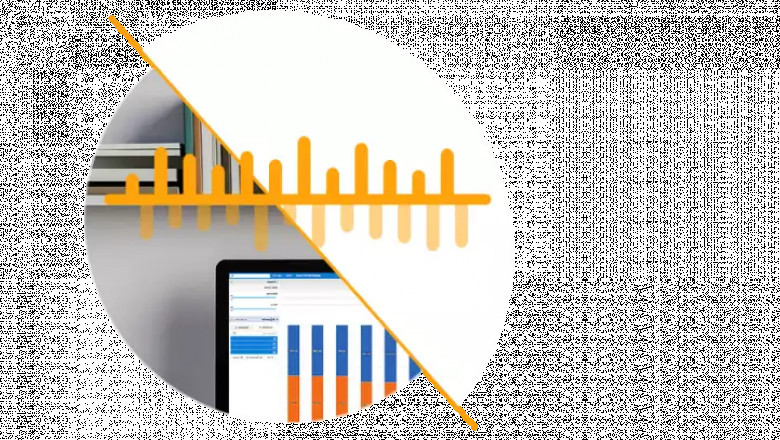views

Waterfall charts, with their unparalleled ability to visually depict data, are one such tool that can help businesses make sense of complex financial data. Keep reading to delve into the multifaceted applications of these visual wonders in the business sector.
Overview of Waterfall Charts
Alt text: A waterfall flowing down seven large stone steps representing the flowing nature of a waterfall chart. Before we delve into the business applications of waterfall charts, let’s take a step back to understand what they are. A waterfall chart is a type of data visualization that helps in understanding the cumulative effect of sequentially introduced positive or negative values. These initial values are represented by the first column and the final value by the last column.
What sets apart waterfall charts is their idiosyncratic feature of floating columns. These intermediate columns, which hover above or below the horizontal axis, showcase the addition or subtraction aspects. In comparison to other chart forms, waterfall charts add depth to data representation, giving a more comprehensive picture.
Waterfall charts are particularly useful in understanding the gradual transition of an initial value to its final state. They help to demystify the convoluted process steps that contribute to this transition, an aspect that can prove highly beneficial in business scenarios.
Waterfall Charts and Their Impact on Business Analysis
When it comes to business analysis, waterfall charts hold a prominent place. They are crucial in depicting a company's financial health, showcasing fluctuations in data over time, and visualizing various elements of cost structures.
Moreover, waterfall charts assist in data analysis by simplifying complex data structures. They give a clear picture of how individual components contribute to a total. It can be instrumental in understanding variances and trends in business data.
Additionally, waterfall charts can showcase the performance of a business strategy or a project from inception to date. Understanding the progress through each phase becomes intuitive with this visualization tool, thereby aiding management in effective decision-making.
From budgeting exercises and inventory analysis to customer acquisition cost and sales breakdowns, the efficacy of waterfall charts in business analysis is vast and varied.
Role of Waterfall Charts in Financial Reporting
In financial reporting, waterfall charts prove to be a robust tool. They allow stakeholders to understand the profitability index, depicting the revenue, costs, and net gain in one clean swoop.
One significant application is in the visualization of profit and loss statements. The initial column starts with revenue, followed by various costs as floating columns, with the final column showcasing the net income. This powerful image communicates the cascading effect of various cost elements on revenue.
Furthermore, waterfall charts are highly effective in visualizing cash flow statements. They illustrate operating, investing, and financing cash flows, and ending balances for each period, providing a comprehensive overview of the company’s cash scenario.
As such, waterfall charts make financial data more accessible and interpretable for shareholders, investors, auditors, and managers, playing a critical role in financial reporting.
Best Practices for Implementing Waterfall Charts in Your Business
Alt text: A waterfall lit up in teal, purple, and blue with a grid-like graph overlay.
Implementing waterfall charts in business transactions is not just about making a visually appealing graph. It is about understanding what data elements to include and how best to depict them for clear business communication.
One best practice includes keeping the graph simple and focusing on the most critical elements. Having too many sub-components can make the chart confusing and its interpretation challenging.
Furthermore, using contrasting colors for positive and negative values is recommended. It helps to interpret the chart easily, clearly distinguishing between gains and losses.
In conclusion, waterfall charts are not just visually appealing; they are powerful business tools. In the era of big data, the ability to visualize complex data sets and make informed decisions is critical, and that's where waterfall charts shine.












